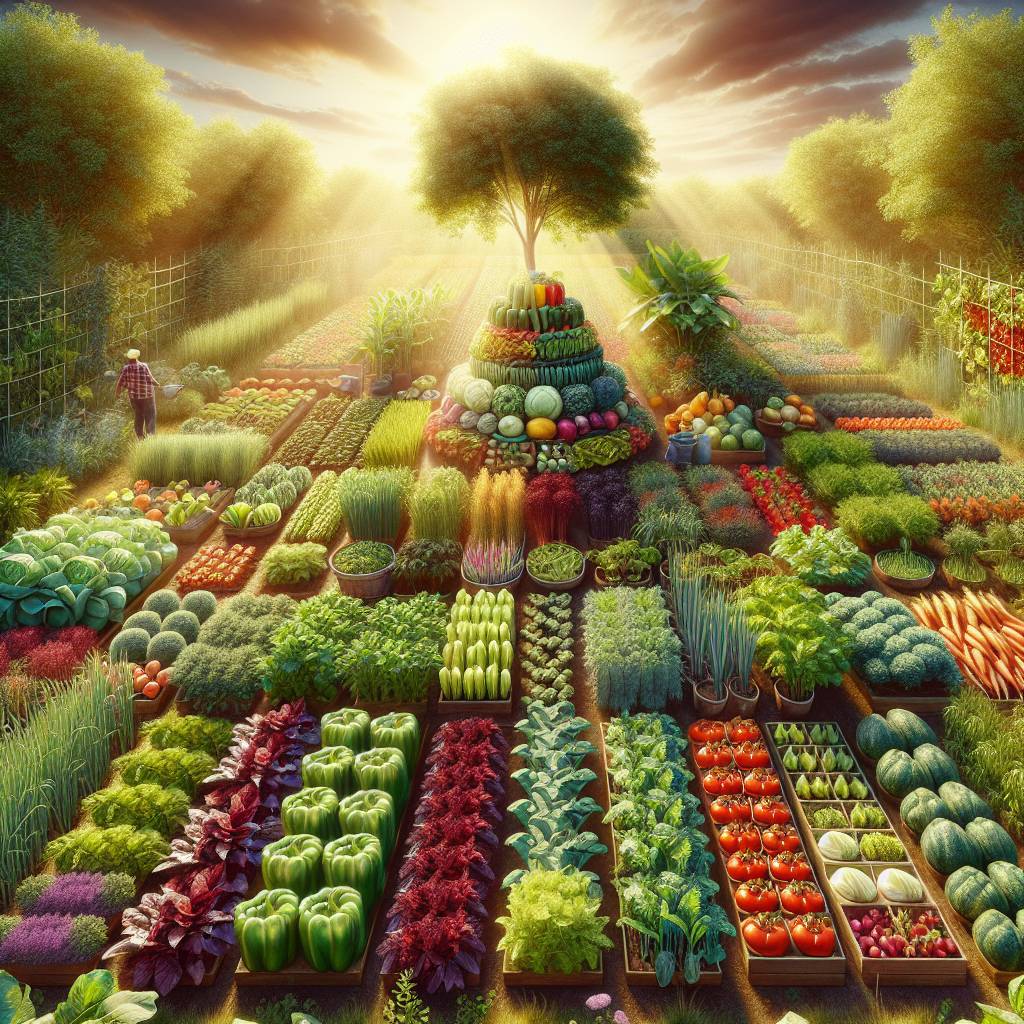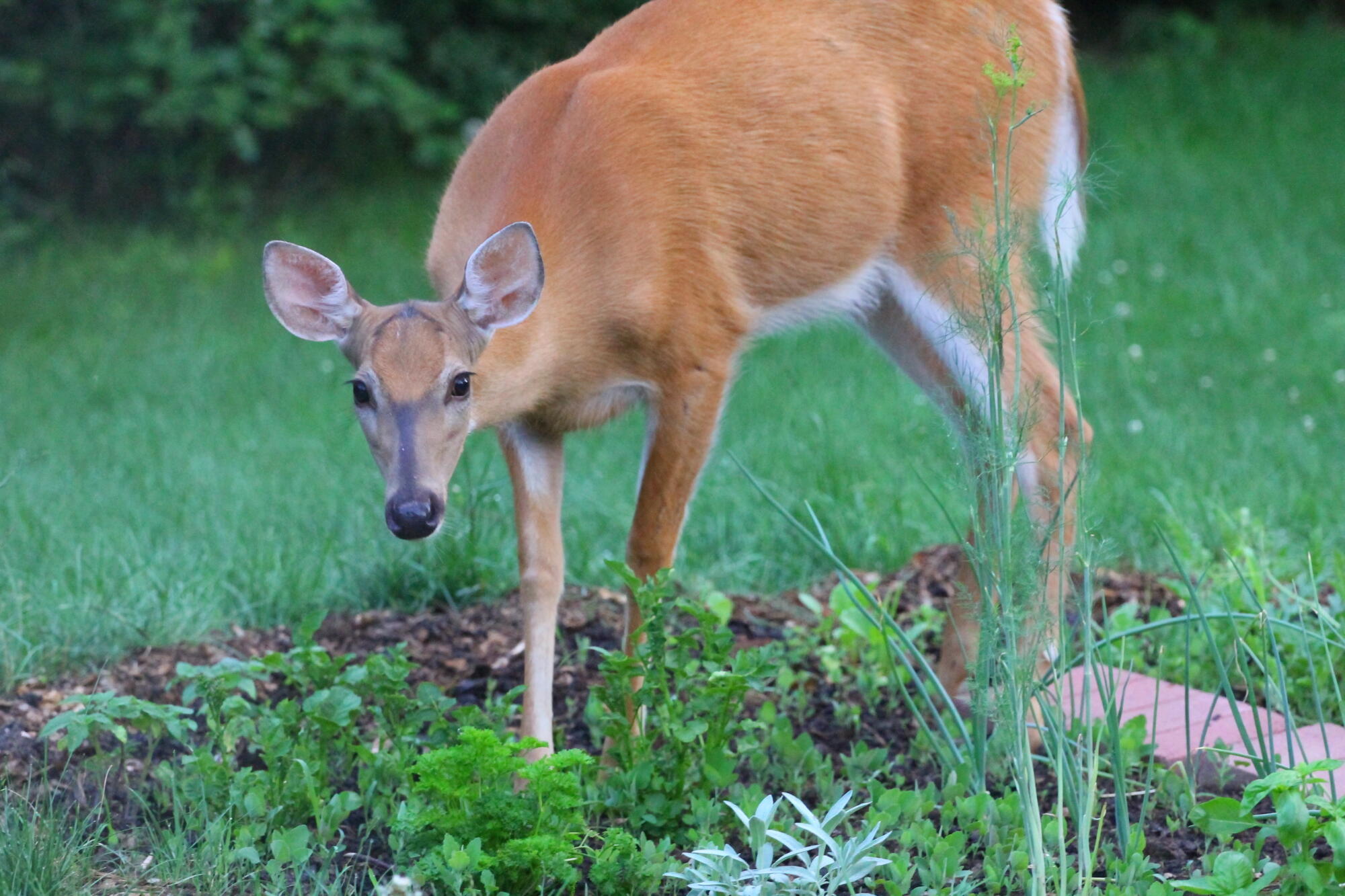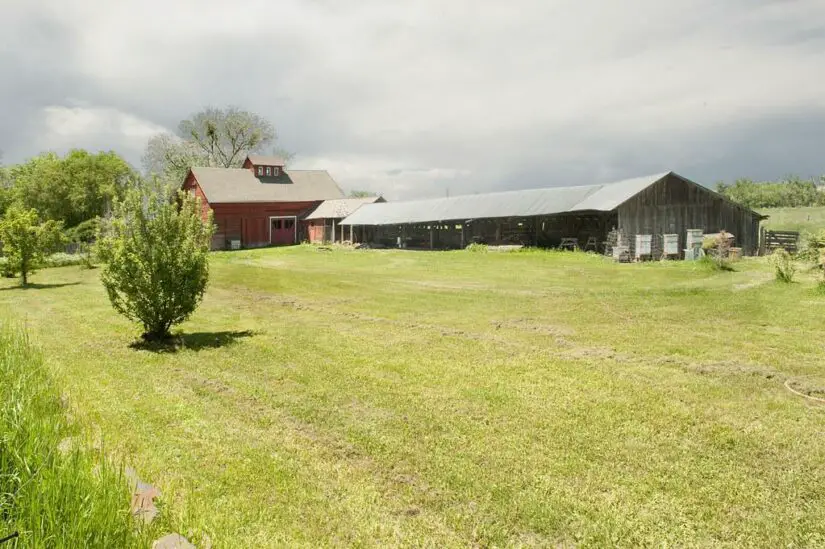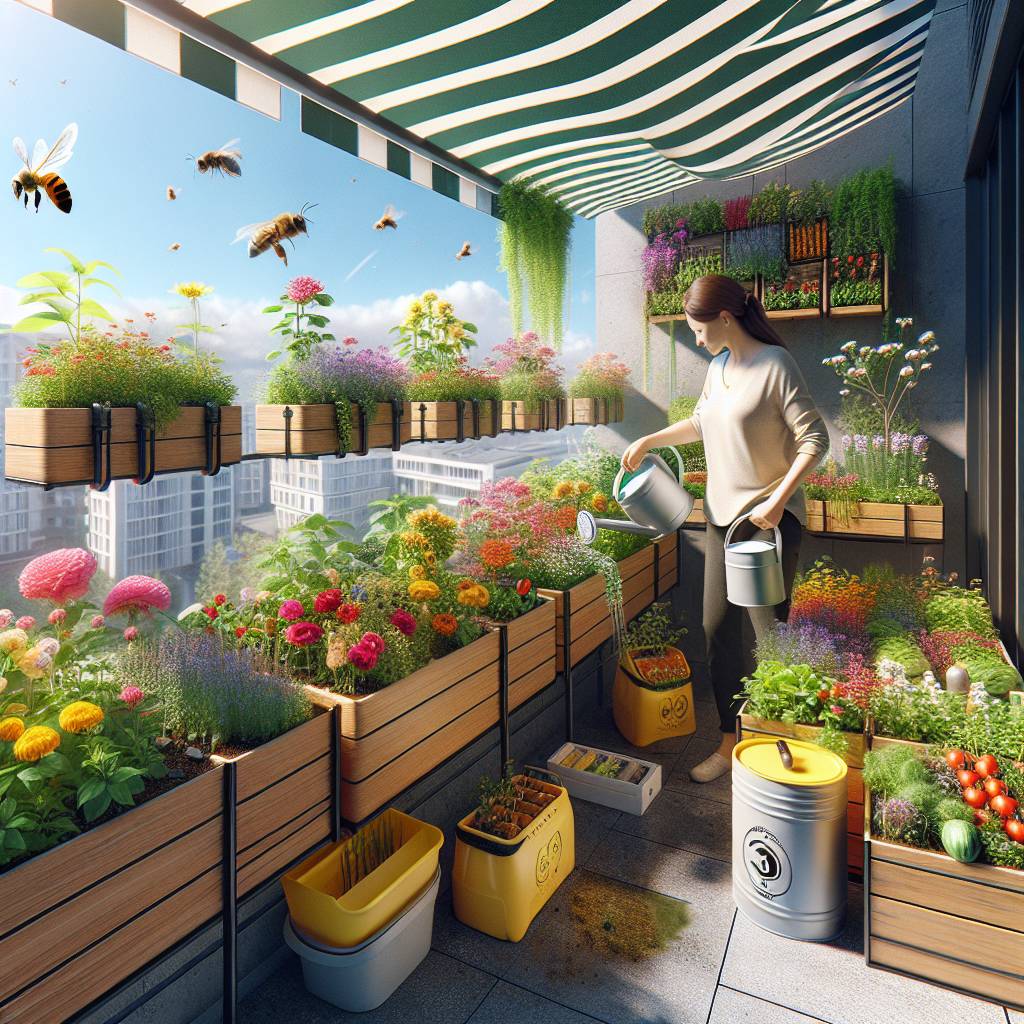Ever wondered how to make the most of a small vegetable garden? With limited space, it’s essential to maximize your yield. Whether you have a tiny backyard or just a few pots on a balcony, there are numerous strategies and tips that can help you achieve an abundant harvest. From vertical gardening to companion planting, we’ll delve into practical techniques that can significantly increase the output of your small vegetable garden. Get ready to interplant beans and other edible plants to unlock the full potential of your limited gardening area and enjoy bountiful harvests of produce throughout the growing season.
Key Takeaways
- Strategic garden planning is essential for maximizing yield in small vegetable gardens. Consider factors like sunlight, spacing, and plant varieties to make the most of limited space.
- Maximizing space utilization through vertical gardening, intercropping, and succession planting can significantly increase the yield of a small vegetable garden.
- Soil nourishment strategies such as composting, mulching, and crop rotation play a crucial role in ensuring healthy and productive plants in a small garden setting.
- Implement planting techniques for yield, such as using raised beds, square foot gardening, and staggered planting to optimize space and increase productivity.
- Utilize companion planting benefits by pairing compatible plants to enhance growth, repel pests, and improve overall garden health and yield.
- Water and irrigation optimization is key to ensuring that plants receive adequate moisture without wastage, contributing to healthier and more productive crops in small vegetable gardens.
Strategic Garden Planning
Location Selection
When planning a small vegetable garden, careful planning is crucial. Choose a sunny spot for your garden, ensuring it receives at least 6 hours of sunlight daily. This promotes optimal growth and yield for your vegetables. Consider the proximity to a water source for easy irrigation. Adequate water supply is essential for the health and productivity of your traditional garden plants.
Good air circulation is also vital in preventing diseases that thrive in damp environments. Therefore, when selecting the location for your garden, ensure there’s sufficient airflow to keep your plants healthy.
Soil Testing
Before planting in your small vegetable garden, it’s important to conduct soil testing to ensure careful planning and maximize yield. Test the soil pH and nutrient levels using DIY kits or by sending samples to a local extension service. By doing so, you can determine if any adjustments are necessary to create an optimal environment for plant growth.
Based on the test results, adjust the small vegetable garden soil accordingly by adding nutrients or altering pH levels as recommended. This ensures that your plants have access to all essential elements required for their healthy development and high yields.
High-Yield Varieties
Selecting compact, high-yielding vegetable varieties plays a significant role in maximizing yield in small gardens through careful planning to help. Look for options that are disease-resistant and early-maturing; these characteristics contribute to healthier plants with higher yields while reducing maintenance efforts.
Consider choosing vegetables that can be harvested multiple times throughout their growing season such as cherry tomatoes or zucchini squash. These varieties provide continuous harvests from limited space – perfect for small gardens seeking maximum production.
Garden Layouts
Efficient layouts are key components of strategic garden planning aimed at maximizing yield in small vegetable gardens through careful planning . Plan how you’ll utilize every inch of available space effectively – this could involve vertical gardening or utilizing raised beds efficiently.
Incorporate companion planting into your small vegetable garden layout; certain plant combinations help benefit each other by repelling pests or attracting beneficial insects while optimizing space usage effectively through mutual benefits between plants.
Maximizing Space Utilization
Vertical Gardening
Vertical gardening is a game-changer. By utilizing trellises, stakes, or cages, you can help make the most of your garden’s vertical space. Growing vining plants vertically not only saves space but also significantly increases your overall yield. For example, tomatoes and cucumbers thrive when given proper support on a trellis or cage.
Moreover, it’s crucial to ensure that the structures used for vertical gardening provide adequate support for heavy fruits like tomatoes. This practice prevents the risk of branches breaking due to the weight of the produce and supports healthy plant growth throughout the small vegetable garden.
Container Planting
Container planting is another effective strategy for maximizing yield in small vegetable gardens. Opting for containers with sufficient drainage holes is essential as it helps prevent waterlogging and root rot. Choosing the right size containers for each type of vegetable ensures that their roots have ample room to grow without being cramped.
Using lightweight potting mix in containers for a small vegetable garden is vital as it prevents compaction while providing essential nutrients for plant growth. This practice promotes healthier root development and overall plant vitality within limited spaces such as balconies or patios.
Compact Plants
Focusing on bush or dwarf varieties of vegetables plays a pivotal role in maximizing yield within limited space. These compact plants are ideal for small gardens and container gardening due to their ability to produce substantial harvests despite spatial constraints.
For instance, compact tomato varieties like ‘Patio Princess’ or ‘Bush Early Girl’ are specifically bred to thrive in confined spaces like a small vegetable garden while still yielding an abundance of flavorful fruits throughout the growing season. By prioritizing these types of plants, gardeners can optimize their available space and enjoy bountiful harvests from even the smallest plots.
Soil Nourishment Strategies
Soil Amendments
To maximize yield in small vegetable gardens, it’s crucial to focus on soil nourishment strategies. One effective approach is to enhance soil fertility through the use of soil amendments. This involves incorporating organic matter such as compost into the soil, which enriches it with essential nutrients and improves its structure. Considering the addition of vermiculite or perlite to a small vegetable garden can significantly enhance aeration within the soil, promoting better root growth and nutrient uptake by plants. However, it’s important not to over-amend the soil, as this can lead to nutrient imbalances that may negatively impact plant growth.
When aiming for maximum yield in small vegetable gardens, gardeners should carefully consider their soil amendment choices. For instance, adding compost can provide a rich source of nutrients while also improving water retention and drainage in compact gardening spaces. Moreover, incorporating vermiculite or perlite into the soil can create air pockets that facilitate root development and overall plant health.
Effective Feeding
Another vital aspect of maximizing yield in small vegetable gardens is employing effective feeding practices. This involves using balanced fertilizers with appropriate N-P-K ratios that meet the specific needs of different types of vegetables being grown. By applying these fertilizers at recommended intervals throughout the growing season, gardeners promote steady growth and robust yields from their crops.
In pursuit of maximizing yield in small vegetable gardens through effective feeding practices, utilizing organic options presents several benefits worth considering. Organic fertilizers contribute to sustainable gardening by providing nutrients derived from natural sources without synthetic additives or chemicals harmful to plants or beneficial organisms like earthworms.
When focusing on achieving maximum yields in confined gardening spaces such as small vegetable plots or raised beds; employing proper feeding techniques becomes critical for ensuring healthy plant growth and bountiful harvests.
Planting Techniques for Yield
Succession Planting
Succession planting is a smart strategy to keep your small vegetable garden productive throughout the growing season. By planning successive plantings, you can ensure a continuous harvest. For example, after harvesting early crops like lettuce or radishes, you can promptly replace them with new ones such as beans or carrots. This way, your garden remains active and yields fresh produce over an extended period.
utilizing quick-growing vegetables in between slower crops allows efficient use of space and time. For instance, while waiting for tomatoes or peppers to mature, you can plant fast-growing greens like spinach or arugula in the same area. This not only maximizes yield but also prevents any part of the garden from being idle.
Early Planting
Early planting is crucial for maximizing yield in small vegetable gardens. Starting seeds indoors before the last frost date gives your plants a head start on the growing season. Moreover, using season extenders like row covers or cold frames protects young plants from late frosts and extends their growth period.
Furthermore, taking advantage of cool-season vegetables such as broccoli or kale in early spring ensures that your garden stays productive even during chilly weather conditions. Monitoring weather forecasts becomes essential to avoid potential damage caused by unexpected late frosts that could harm tender seedlings.
Crop Rotation
Crop rotation plays a vital role in maintaining soil health and maximizing yield over time in small vegetable gardens. By rotating plant families annually, you reduce the risk of soil-borne diseases affecting specific crop types since pathogens are less likely to build up when different crops are planted each year.
Moreover, changing crop locations annually helps prevent nutrient depletion as various plants have different nutritional needs; this practice maintains overall soil fertility levels more effectively than continuously growing the same type of crop in one spot every year. Following a 3-4 year rotation cycle further enhances these benefits by allowing adequate time for soil recovery while reducing pest pressures associated with certain crops.
Companion Planting Benefits
Pest Management
Companion planting offers several benefits, including pest management. By strategically planting certain vegetables and herbs together, you can naturally repel pests and reduce the need for chemical pesticides. For example, marigolds are known to deter nematodes when planted near tomatoes, while basil can help ward off mosquitoes and flies when grown alongside tomatoes or lettuce.
Implementing integrated pest management strategies is essential in maximizing yield in small vegetable gardens. This involves using a combination of techniques such as crop rotation, selecting resistant plant varieties, and promoting beneficial insects that prey on garden pests.
Using physical barriers, such as row covers or netting, can also be effective in preventing pests from reaching your plants. Attracting natural predators like ladybugs and lacewings to your garden provides an eco-friendly approach to controlling unwanted insects.
Regularly inspecting plants for signs of pest infestation is crucial for early detection and intervention. By catching pest problems early on, you can take swift action to minimize damage and protect your vegetable garden’s overall yield.
Pollination Boost
Another significant benefit of companion planting is its ability to provide a pollination boost for your vegetable garden. Certain flowers attract pollinators like bees and butterflies, which play a vital role in the pollination process necessary for fruit production in many vegetables.
By including nectar-rich flowers such as sunflowers or zinnias near your vegetable garden, you can create an inviting environment for these important pollinators. This not only enhances the overall health of your garden but also increases the likelihood of successful fruit development.
In some cases where natural pollination may be limited or insufficient due to factors like weather conditions or low insect activity, hand-pollination techniques can be employed as part of companion planting practices. For instance, crops like squash may benefit from manual pollen transfer between flowers using a small brush or cotton swab.
Avoiding the use of pesticides harmful to pollinators is crucial when aiming to maximize yield through companion planting methods. Chemical pesticides pose risks to beneficial insects involved in pollination processes; therefore their usage should be minimized or replaced with organic alternatives whenever possible.
Water and Irrigation Optimization
Water Usage
In small vegetable gardens, maximizing yield relies heavily on efficient water usage. Instead of shallow and frequent watering, it’s best to water deeply but less often. This encourages the plants to develop deep roots, making them more resilient during dry periods. Drip irrigation systems or soaker hoses are excellent tools for conserving water while ensuring that plants receive adequate moisture. Mulching around the base of plants helps retain soil moisture by preventing evaporation.
For instance, when growing tomatoes in a small garden, using drip irrigation can ensure that each plant receives the right amount of water without wastage. Mulching with straw or compost around the tomato plants can also help maintain soil moisture levels and reduce watering frequency.
Plastic Ground Cover
Another effective method for maximizing yield in a small vegetable garden is implementing plastic ground cover. Black plastic mulch serves multiple purposes: it warms the soil earlier in the season, suppresses weed growth, and conserves moisture by reducing evaporation from the soil surface. Properly securing the edges of the plastic cover is crucial to prevent wind displacement and maintain its effectiveness throughout the growing season.
For example, when cultivating peppers in a compact garden space, using black plastic mulch can create a favorable environment for pepper plants by keeping weeds at bay and retaining warmth in cooler climates. Cutting slits in the plastic allows for direct planting of transplants while still benefiting from weed suppression and moisture conservation.
Pest and Disease Management
Disease-Resistant Varieties
When maximizing yield in small vegetable gardens, it’s crucial to choose disease-resistant varieties. These are specially bred to withstand common diseases, reducing the risk of crop loss. For instance, if your area is prone to a specific disease like powdery mildew or blight, look for tomato or cucumber varieties known for their resistance. By doing this research and selecting seeds accordingly, you can significantly reduce the likelihood of disease affecting your crops.
Another important aspect of managing diseases in small vegetable gardens is understanding the prevalent diseases in your area. Researching local plant clinics or agricultural extension services can provide valuable insights into common issues faced by gardeners nearby. Armed with this knowledge, you can make informed decisions when choosing which plants to grow.
Natural Predators
In addition to planting disease-resistant varieties, employing natural predators is an effective strategy for pest management. Beneficial insects like ladybugs and lacewings are voracious consumers of aphids and other harmful pests that could damage your vegetables. To attract these helpful allies, consider incorporating plants that serve as food sources for them alongside your vegetables.
Moreover, encouraging birds by providing nesting sites and bird baths creates a welcoming environment for insect-eating species such as sparrows and chickadees. These feathered friends contribute to maintaining a balanced ecosystem within your garden by keeping pest populations under control naturally.
Living mulches play a vital role not only in suppressing weeds but also in attracting beneficial insects while deterring harmful ones from infesting the garden beds. Clover and low-growing herbs act as living mulches that not only suppress weeds but also retain moisture—a double benefit for small vegetable gardens where space efficiency is paramount.
Weed Control Tactics
Ground Cover
To maximize yield in small vegetable gardens, consider creating separate beds for specific plant families. This approach helps control the spread of weeds and minimizes competition among plants. Optimizing soil conditions tailored to each group’s needs is crucial for promoting healthy growth and reducing weed infestation. For instance, adding organic matter like compost can improve soil structure and fertility while suppressing weed growth.
Rotating crops within dedicated beds annually is another effective strategy to manage weeds in small vegetable gardens. Crop rotation disrupts the life cycles of pests and diseases, reducing their buildup in the soil over time. It also helps maintain soil fertility by preventing nutrient depletion from continuous cultivation of the same crop family.
Dedicated Beds
Harvesting vegetables at their peak maturity not only ensures the best flavor but also promotes maximum yield. Regular harvesting encourages continuous production from plants, preventing them from diverting energy into seed production instead of growing more edible parts. By promptly removing ripe produce, you create space for new growth, leading to a higher overall yield throughout the season.
Checking plants daily during peak harvest times allows you to identify any signs of pest or disease infestation early on. Addressing these issues promptly prevents them from spreading and causing significant damage to your vegetable garden’s productivity. Routine inspections enable you to detect weed growth at its early stages so that they can be swiftly removed before becoming a nuisance.
Harvesting and Maintenance Tips
Timely Harvesting
Harvesting your vegetables at the right time is crucial for maximizing yield in small gardens. To achieve this, adapt your planting schedules based on seasonal temperature changes. For example, if you experience unexpected cold snaps in spring or fall, protect tender crops by covering them with row covers or using cold frames. By doing so, you can safeguard your plants from frost damage and ensure a bountiful harvest.
Consider extending the growing season by utilizing row covers or cold frames to shield your crops from extreme weather conditions. These protective measures create a favorable microclimate that supports plant growth beyond the typical growing season. With careful planning and timely intervention, even small vegetable gardens can yield an impressive variety of produce throughout the year.
Summary
You’ve now got the tools to turn your small veggie patch into a powerhouse of productivity. By strategically planning your garden layout, making the most of every inch of space, nourishing your soil, and using smart planting and companion techniques, you’re well on your way to a bountiful harvest. With optimized water and irrigation, effective pest and disease management, and savvy weed control, you’ll be reaping the rewards in no time. Remember to keep up with regular maintenance and use our harvesting tips for maximum yield.
Now it’s time to get your hands dirty and put these strategies into action. Get out there, tend to your garden with care, and watch as it flourishes under your green thumb. Happy gardening!
Frequently Asked Questions
How can I effectively plan my small vegetable garden for maximum yield?
To maximize your small vegetable garden’s yield, consider factors like plant spacing, sunlight exposure, and crop rotation. Strategic planning helps optimize space and resources, leading to a bountiful harvest.
What are some soil nourishment strategies to enhance the yield of my vegetables?
Implementing organic composting, mulching, and using natural fertilizers enriches the soil with essential nutrients. This promotes healthy plant growth and increases the overall yield of your vegetables.
What planting techniques can I use to improve the yield in my small vegetable garden?
Utilize intercropping methods such as vertical gardening or square foot gardening to make efficient use of limited space. By carefully selecting compatible plants and staggering their planting times, you can boost productivity.
How does companion planting benefit the overall yield in a small vegetable garden?
Companion planting fosters symbiotic relationships between different plant species. For instance, pairing certain plants together can repel pests or attract beneficial insects, ultimately enhancing the overall health and productivity of your garden.
What are some effective water optimization strategies for maximizing yield in a small vegetable garden?
Employ drip irrigation systems or soaker hoses to deliver water directly to plant roots while minimizing evaporation. Practicing proper timing for watering based on weather conditions conserves water resources while promoting optimal growth for your vegetables.






